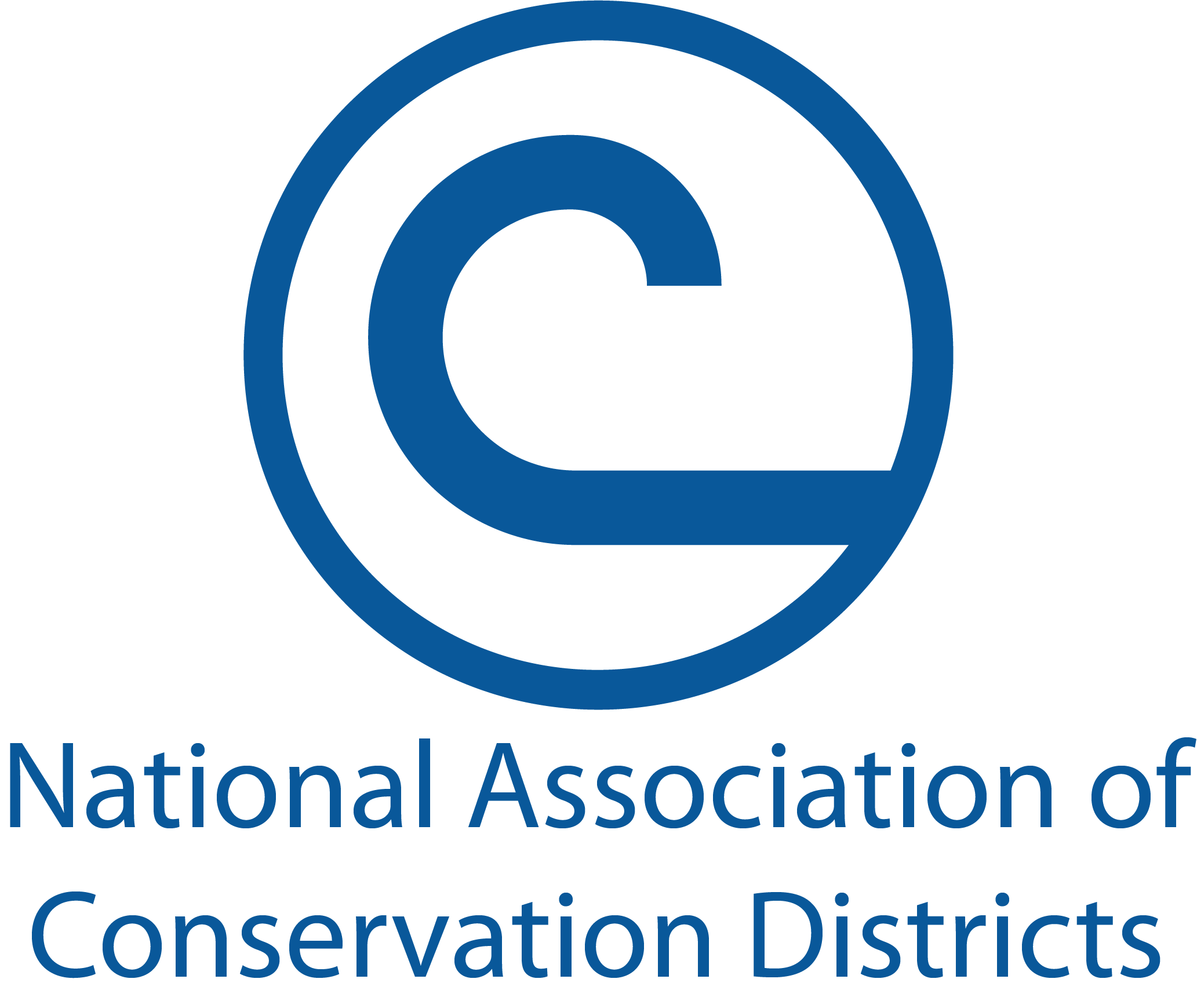
CONSERVATION RESOURCES
Conservation Resources
PLJV’s Invasive Woody Plant Communication Guide
We're excited to share PLJV's Invasive Woody Plant Communication Guide. This guide offers communication strategies based on social science results to help conservation delivery staff communicate more effectively with producers.
This guide is part of a larger project, funded by a USDA Natural Resources Conservation Service (NRCS) Conservation Innovation Grant, that integrated social science and communications to drive earlier and more effective invasive woody plant removal practices in Kansas and Oklahoma. This project was conducted in partnership with your counties, so I wanted to make sure you were among the first to see the guide. The goal was to understand producers’ attitudes regarding invasive woody plant management to inform better and support grassland conservation and to create communications messages, products, and tools that increase earlier and more effective woody plant removal.
Please share this guide with others in your network who would find the information helpful. We’re trying to get it out to all the conservation folks working on invasive woody plant management (especially conservation staff who work directly with producers), so we would appreciate your help tracking. When you share this report, please include me in the email or let me know privately who you plan on sharing it with.
If you have any questions regarding the guide, please get in touch with our Invasive Woody Plant CIG team:
Lindsay Shorter, Grassland Conservation Marketing Manager
lindsay.shorter@pljv.org | 580-825-0024
Ryan Roberts, Social Science Specialist
ryan.roberts@pljv.org | 720-254-1606


































